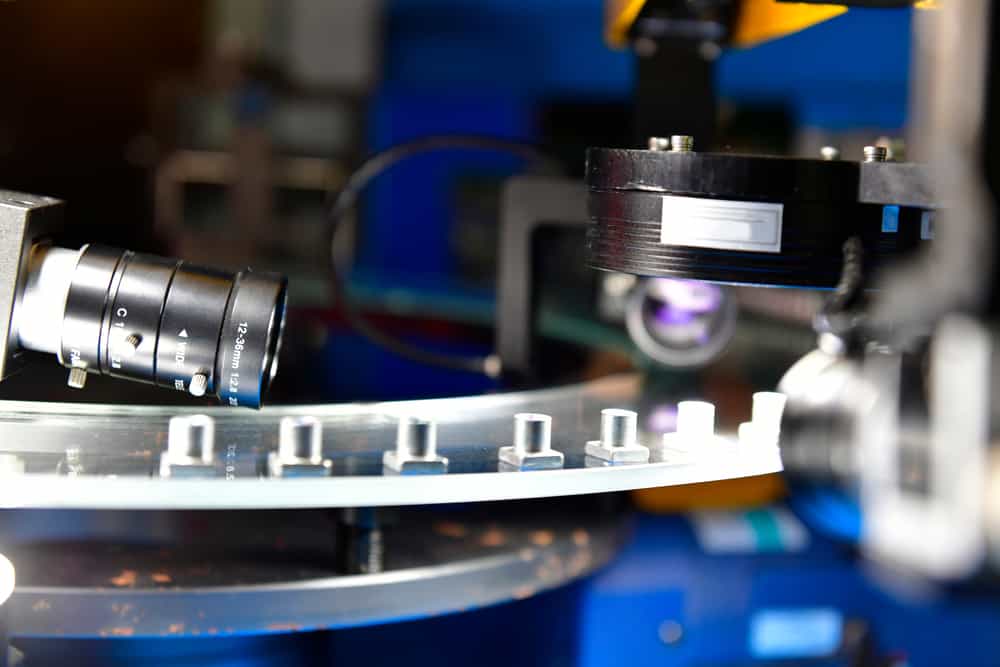
Contents
Understanding Koehler Alignment
Before we understand Koehler alignment – the main topic of this article – let’s go into a bit of the history behind its conception.
Koehler alignment was invented by August Koehler, a 19th-20th-century German scientist. His publication, “A New System of Illumination for Photomicrographic Purposes,” was a revolutionary foray into solving problems that plagued microscopists in the late 19th century. It was published in the Journal of Scientific Microscopy and Microscopic Technique. His realization that each optical component of the microscope and the image being studied needed to be precisely aligned with a consistent light path was revolutionary.
Now, let’s go into the specifics of the technique he pioneered.
Koehler alignment is the proper setup of a microscope with respect to illumination. Without doing this, you will not get the optimal performance from the microscope. Through effective use of this alignment technique, you will get optimum contrast and resolution out of your microscope. These are its primary advantages.
So how does Koehler alignment work, exactly? Firstly, the microscope must have two adjustable diaphragms: the aperture diaphragm and the field iris diaphragm. The aperture diaphragm’s function is to control the illumination and contrast of the sample. It is located near the condenser, and the field iris diaphragm controls the light focusing on the specimen and is located at the base or in the microscope’s body.
The rest of the article will walk you through the proper technique of setting up Koehler illumination alignment step-by-step.

Steps to Setting Up Koehler Alignment
Step 1: Make Sure Everything’s in Order
The first real step in ensuring a proper Koehler alignment is to clean the microscope’s component parts: the eyepiece, objectives, substage condenser, and light source. You should use a lens-cleaning tissue with an appropriate cleaning solution.
Step 2: Place Your Sample and Adjust the Settings
Again, this is a basic step. Once the parts are clean, place your specimen on the microscope stage, turn on the lighting at the lowest possible setting, and switch your microscope on.
Step 3: Bring Your Sample into Focus
At a low power for your objective lens, you should now bring your sample into sharp focus. Now we get into the Koehler steps. While looking through the eyepiece, close the field diaphragm until your specimen image is gone and replaced by a small circle of light.
Step 4: Focus the Condenser
Next, slowly turn the wheels into focus as you look through the microscope. At this point, the edges of the circle will start to come in and out of focus. On top of this, the color of the fringe of the circle will change from red to blue. We recommend now focusing that fringe until it’s at its maximum sharpness.
Step 5: Examine the Condenser
Now you should examine the substage condenser as a component. Around the condenser will be two screws that center this part. Turn the screws, and the circle of light will move up and down, left and right across the field of view. Continue centering the circle until it ends up precisely in the middle, according to your naked eye. Now open the field diaphragm that you were keeping closed. The edge of the circle should disappear.
Step 6: Adjust the Condenser Diaphragm
The condenser diaphragm is also known as the iris diaphragm. Look through the eyepieces, then slowly adjust the lever that controls the iris diaphragm. Doing this will remove the “flare” from the image currently in your field of view. At this point, you should balance closing and opening the condenser diaphragm for optimal contrast and resolution, which are inversely proportional.
Your microscope is now in Koehler alignment!
FAQs
1. What is the difference between Koehler and non-Koehler alignment?
Koehler alignment’s purpose is to yield the bright and even illumination of your sample. Regular alignment is simply the standard procedure to view any given specimen with any microscope.
2. How do I know if my microscope has achieved a proper Koehler alignment?
The resolution and contrast of the image should be equally balanced, and the illumination should yield a sharp, clear, and crisp image of high quality.
3. Can Koehler alignment improve image quality?
Yes, that is its function and purpose.
4. Is Koehler alignment necessary for all microscopy applications?
No, but it is ideal for many applications.

